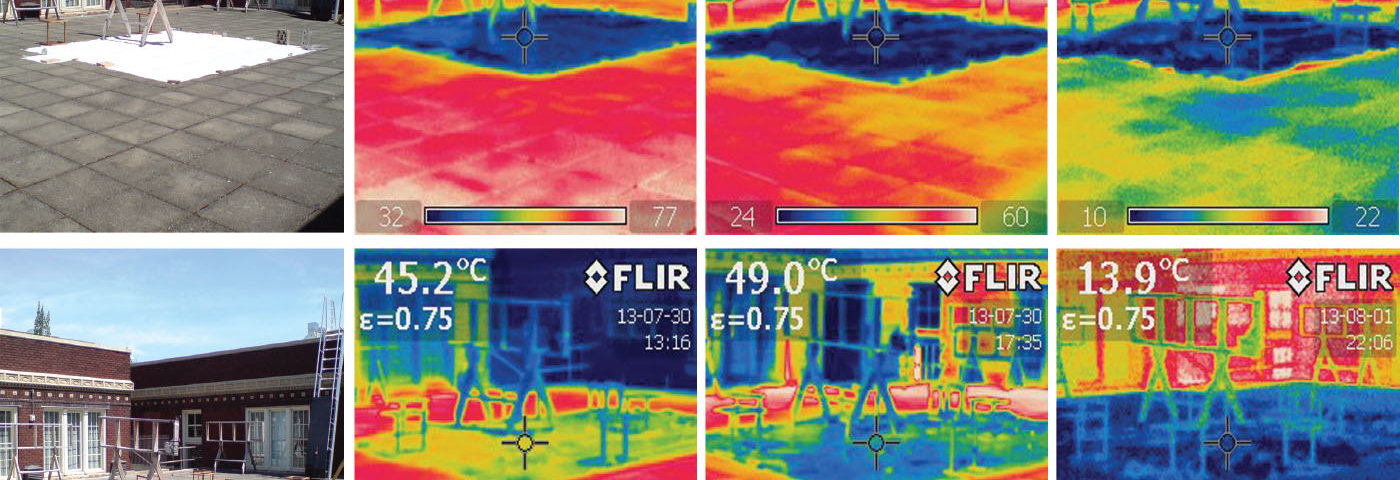A warmer climate demands new, passive design solutions. According to the PhD research by Mohammad Taleghani, building around courtyards would be an excellent solution for the Netherlands. This could considerably improve the energy efficiency of residential buildings.
The Iranian doctoral candidate calculated that residential buildings can use 22kW per m2 less energy each year if they are grouped around a central courtyard. This is not just because a shady courtyard is cooler in the summer. “This form of building also provides shelter during cold, windy days”, says Taleghani. “So it's very suitable for the Netherlands.” Courtyards also contribute to a more pleasant living environment, as neighbours can use them for recreation and gardening together. And besides this, closed courtyards provide more security.
The research idea was prompted by the anticipated rise in temperature in the Netherlands. Current expectations are that the air temperature in the Netherlands in 2050 will be up to 2.3°C higher than in the period 1981-2010. Cities in particular will feel the effects of this because of the urban heat island effect (UHI). Scientists have calculated that the heatwave that affected Europe in 2003 caused around 70,000 deaths, so there is every reason to come up with passive design solutions. In addition, reducing energy consumption in buildings is also important with regard to carbon emissions. Residential buildings are responsible for no less than 31 percent of this.
For his thesis ‘Dwelling on Courtyards: Exploring the energy efficiency and comfort potential of courtyards for dwellings in the Netherlands’ Taleghani (born 1985) examined various types of residential buildings in the Netherlands. Using computer simulations, he mapped out thermal comfort inside and outside the home. He also performed field measurements in existing urban courtyards and in dwellings built around courtyards. These field measurements were later used to validate simulations with a scale model. The analysis led to a clear conclusion: dwellings built around a central courtyard are more energy-efficient and offer more thermal comfort than other types of dwelling. The microclimate in the summer is also shown to be cooler. Taleghani: “So this is a design strategy that produces future-proof dwellings.”
Building around central courtyards is a tried and tested method, particularly in Arab countries, China and the Middle East. For thousands of years this has improved the micro climate in cities, as it strongly reduces the number of hours that the sun shines on rear façades. The discovery that even more energy can be saved in the Netherlands in the winter came as a surprise. Another finding was that in a damp climate, courtyards contribute to good ventilation.
